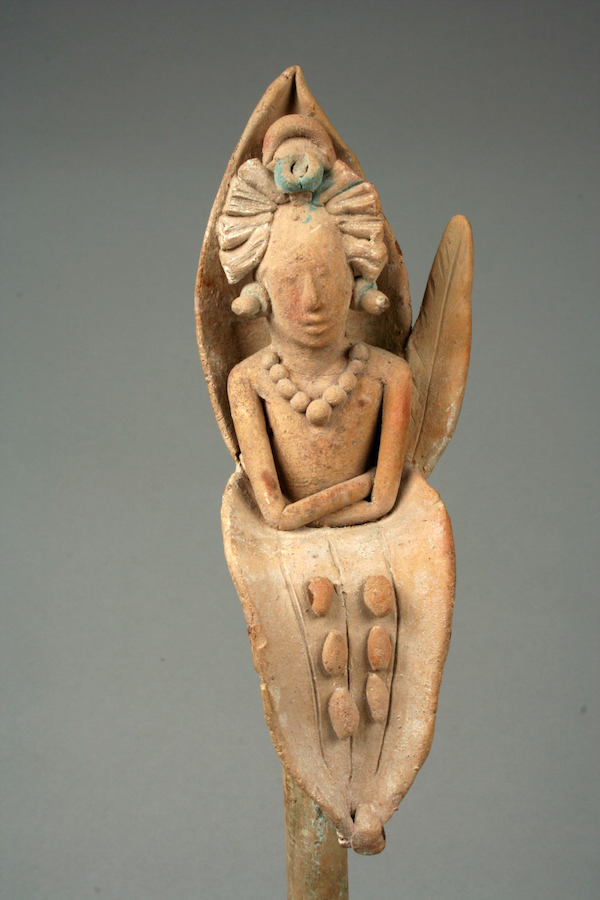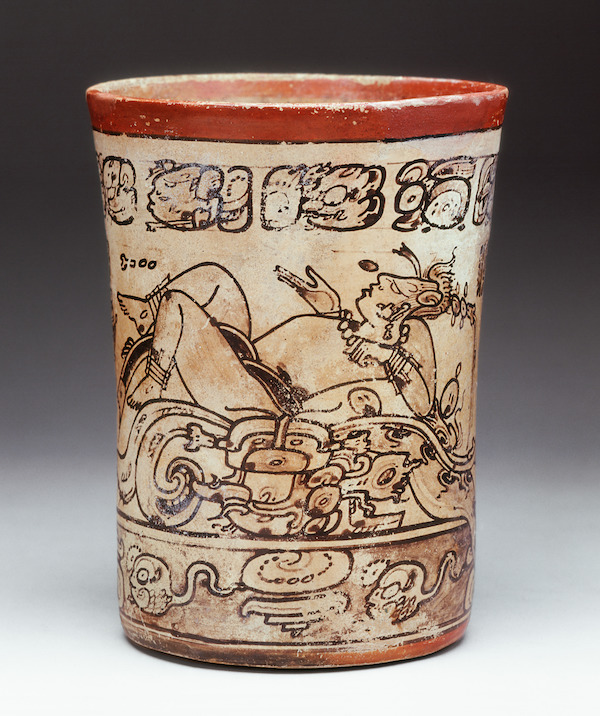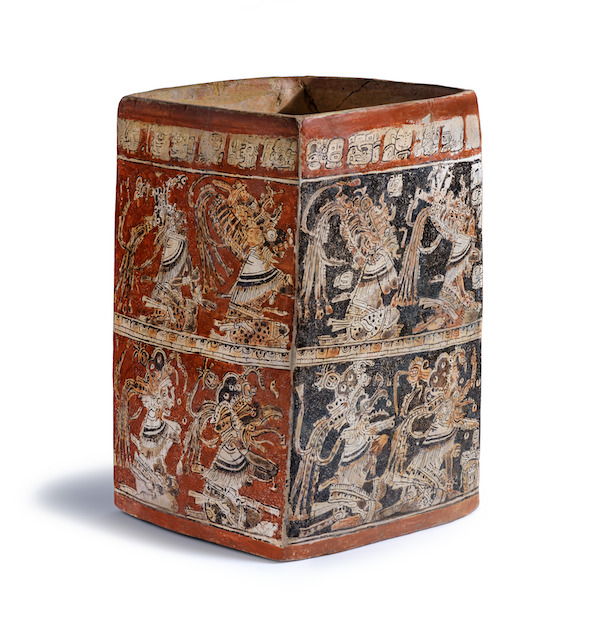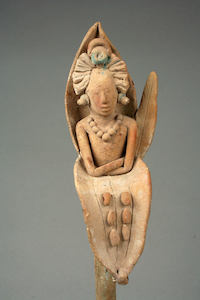
NEW YORK — In Maya art — one of the greatest artistic traditions of the ancient Americas — the gods are depicted in all stages of life: as infants, as adults at the peak of their maturity and influence, and finally, as they age. The gods could perish, and some were born anew, providing a model of regeneration and resilience. Opening November 21 at the Metropolitan Museum of Art and continuing through April 2, 2023, the exhibition Lives of the Gods: Divinity in Maya Art will bring together nearly 100 rarely seen masterpieces and recent discoveries in diverse media — from the monumental to the miniature — that depict episodes in the life cycle of the gods, from the moment of their birth to resplendent transformations as blossoming flowers or fearsome creatures of the night.
Created by masters of the Classic period (A.D. 250–900) in the royal cities in the tropical forests of what is now Guatemala, Honduras and Mexico, these landmark works evoke a world in which the divine, human and natural realms are interrelated and intertwined. Lenders include major museum collections in Europe, Latin America and the United States, and many of these works have never been exhibited in the U.S., including new discoveries from Palenque (Mexico) and El Zotz (Guatemala).

“Lives of the Gods invites us to experience the exhilarating and profound power of Maya visual artistry,” said Marina Kellen French Director of The Met, Max Hollein. “This stunning exhibition presents spectacular works of art — many rarely seen, especially in New York — and compelling reflections on depictions of the divine; the importance of ancestral knowledge; and new understandings of Maya creative practices and the artist’s role in court society. This is sure to be a memorable show for our visitors.”
Recent advances in the study of Maya hieroglyphs have made it possible to identify the names of dozens of artists from the Classic period, and for the first time in a major exhibition, their names will be identified on labels. While artist signatures are scarce on ancient art across the world before the 19th century, Maya sculptors and painters did sign their works, occasionally prominently, on beautifully carved stone monuments and delicately ornamented vessels.

Lives of the Gods will include four works by named individuals — including Panel with Royal Woman (c. 795) by K’in Lakam Chahk and Jun Nat Omootz, and Stela 51 of King Yuknoom Took’ K’awiil (731) by Sak[…] Yuk[…] Took’ and Sak […] Yib’ah Tzak B’ahlam — as well as several examples that can be attributed to known Maya painters.
“These Maya artists gave form to the gods in inspired ways, through remarkable works of visual complexity and aesthetic refinement,” said Joanne Pillsbury, Andrall E. Pearson curator of ancient American art, the Michael C. Rockefeller wing at the Met. “As archaeologists continue to make major discoveries, our knowledge of Classic Maya visual culture becomes enriched, and exhibitions — like this one — reveal new understandings of the relationships between ancient communities and the sacred.”
Exquisitely carved sculptures were believed to embody divine power and presence; ornaments of jadeite, shell and obsidian once adorned kings and queens, symbolically connecting them to supernatural forces; and finely painted ceramics reveal the eventful lives of the gods in rich detail.

The exhibition is made possible by the William Randolph Hearst Foundation, the Placido Arango Fund, the Diane W. and James E. Burke Fund, the Gail and Parker Gilbert Fund, the Mellon Foundation, and the International Council of the Metropolitan Museum of Art.
The exhibition was organized by the Metropolitan Museum of Art and the Kimbell Art Museum.
Visit the website of the Metropolitan Museum of Art and see its dedicated page for Lives of the Gods: Divinity in Maya Art.



